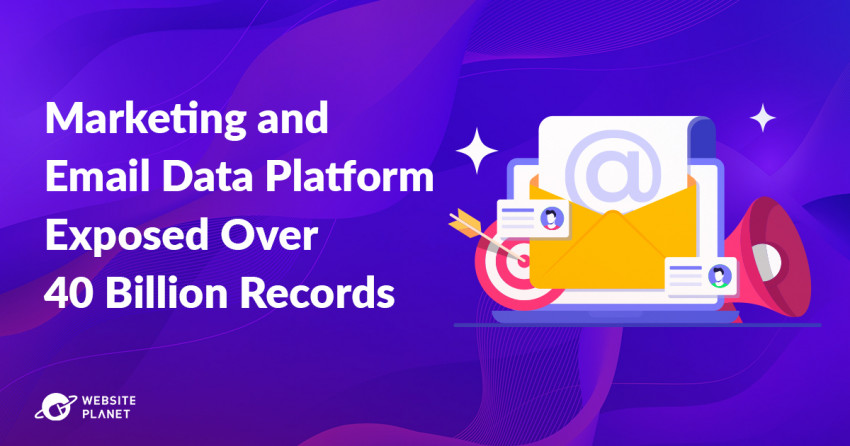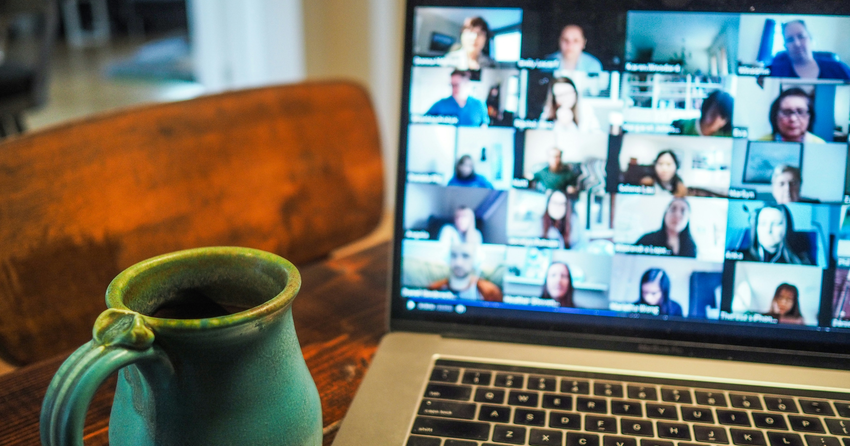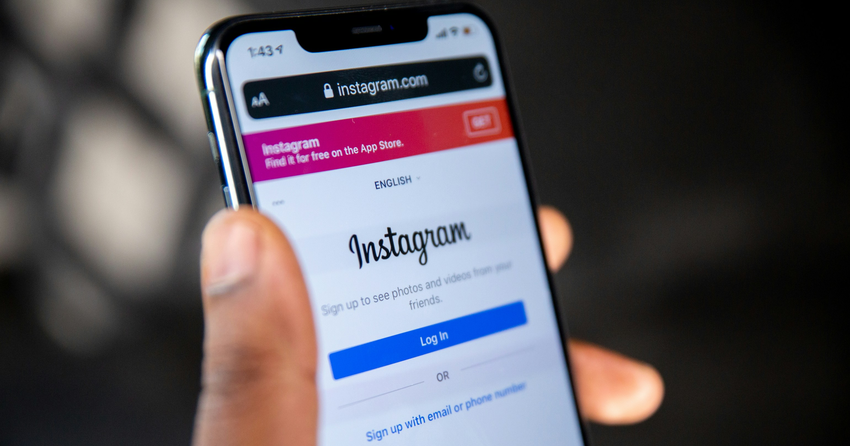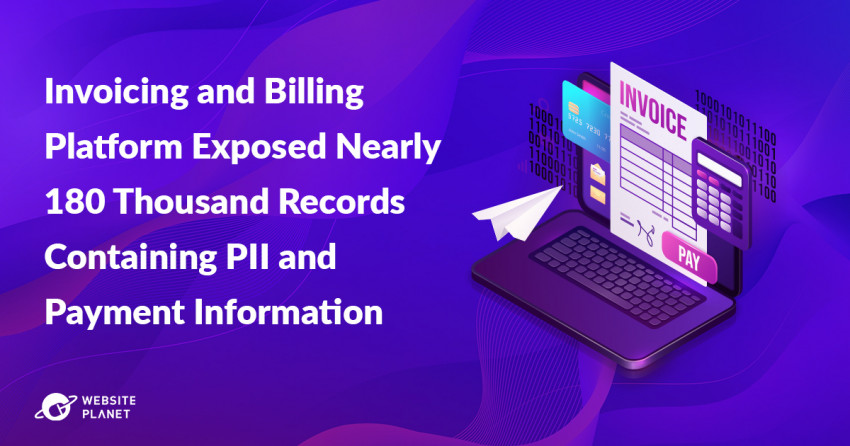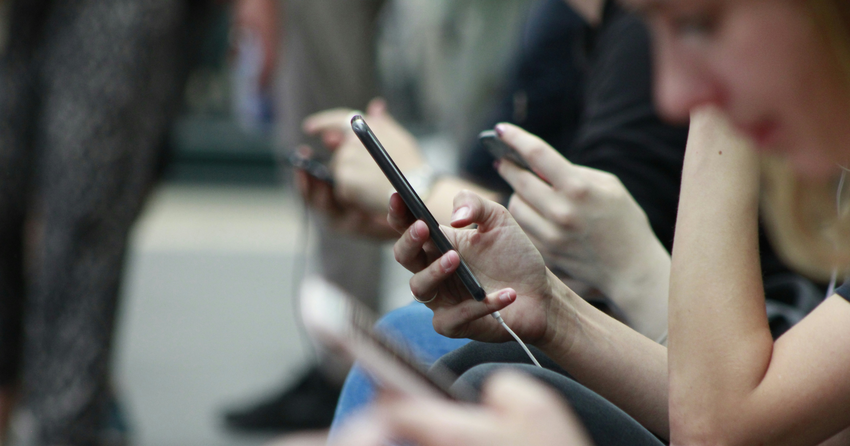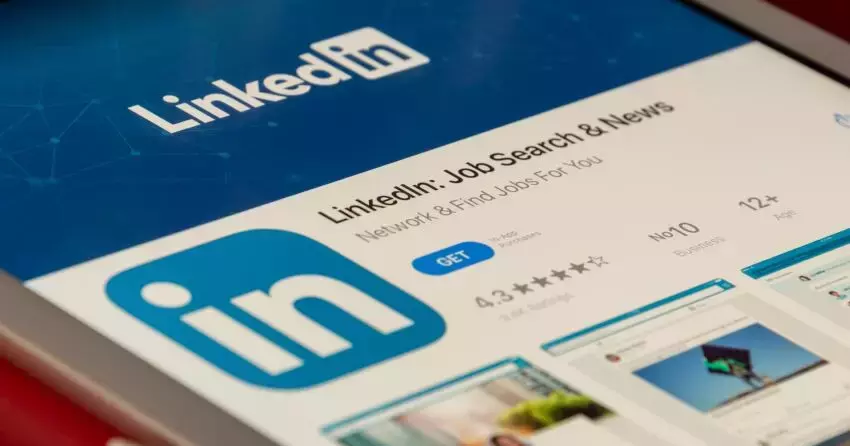
LinkedIn Introduces New AI Image Detector for Fake Accounts
In partnership with its LinkedIn Scholars program, LinkedIn developed a new AI image detection tool to detect fake profiles.
In a blog post, Senior Staff Machine Learning Engineer James Verbus shared more details about the tool. “This cutting-edge research helps LinkedIn continue to improve and increase the effectiveness of our automated anti-abuse defenses to help detect and remove fake accounts before they have a chance to reach our members and customers.”
The new technology, described as “lightweight and highly effective,” has shown a 99.6% success rate in recognizing fake profile photos, while only misidentifying a real profile photo for an AI-generated photo less than 1% of the time.
LinkedIn trained its AI image detector on a sample of 100,000 real LinkedIn profile photos and 41,500 generative adversarial network (GAN) generated photos. The synthetically created images typically share similar structural components, especially in areas around the eyes and nose.
LinkedIn’s new technology is focused exclusively on distinguishing GAN-generated faces from real faces. The models are trained to detect StyleGAN, StyleGAN2, and StyleGAN3 faces. LinkedIn used two embedding-based approaches to identify synthetically generated images: learned embedding based on an autoencoder (AE) and learned linear embedding based on principal components analysis (PCA).
The latest AI advancements made image generating tools like Bing AI Image Creator widely available, resulting in a flood of fake profiles circulating across all popular platforms. In the second half of 2022, it removed over 58 million fake profiles.
Fake profiles are created for various reasons. Affiliate marketers, for example, create fictional profiles to make their sites appear more trustworthy in Google’s and visitors’ eyes. Google favors sites that have the so-called elements of E-E-A-T: Experience, Expertise, Authoritativeness, and Trustworthiness. This means that it will trust a site more if its authors have LinkedIn profiles in their website bios.
In recent months, the social media platform has been innovating with the latest AI advancements at a higher scale. In late March, LinkedIn released ChatGPT-powered tools that can create content for profiles and job descriptions.
In May, LinkedIn introduced an AI feature that lets job seekers create short cover letters for hiring managers.


